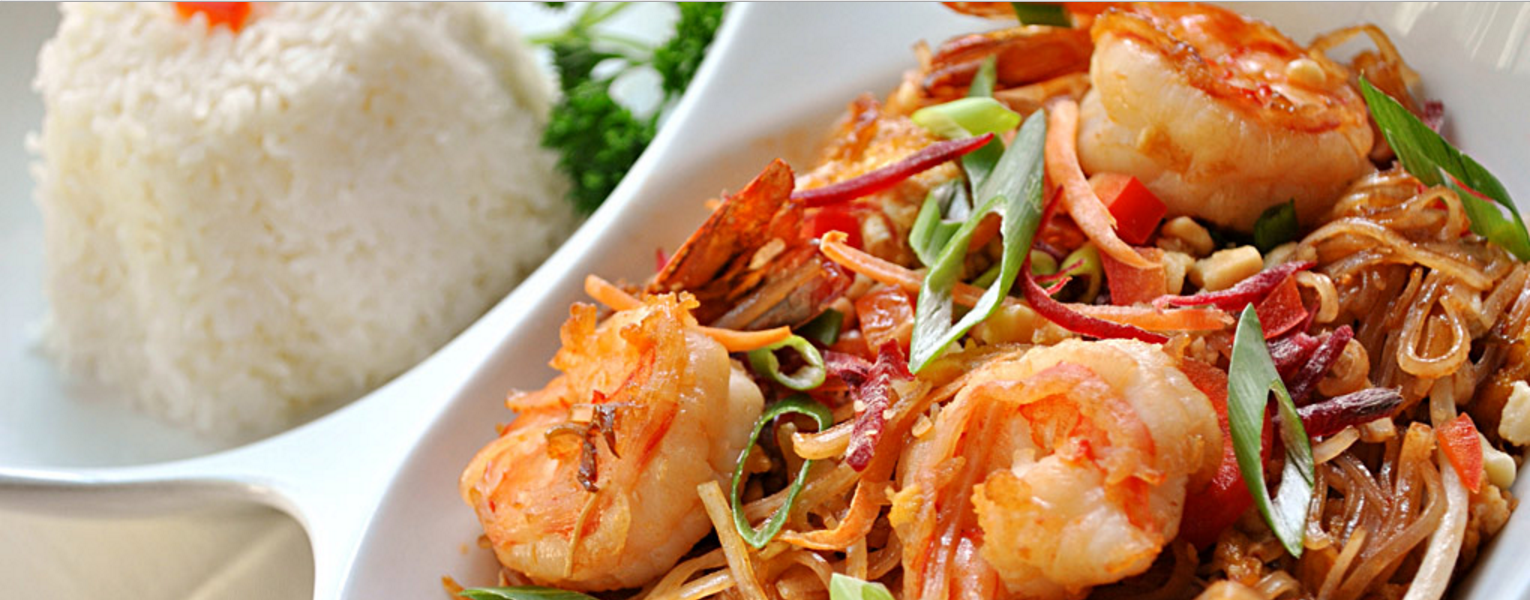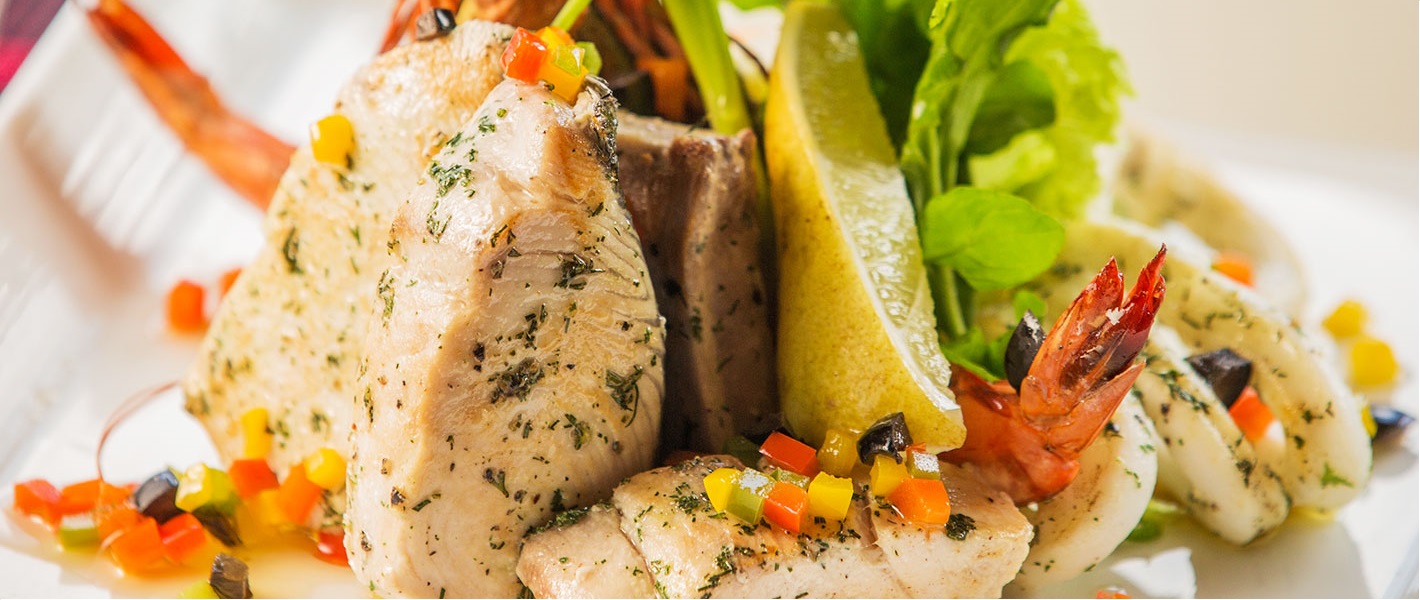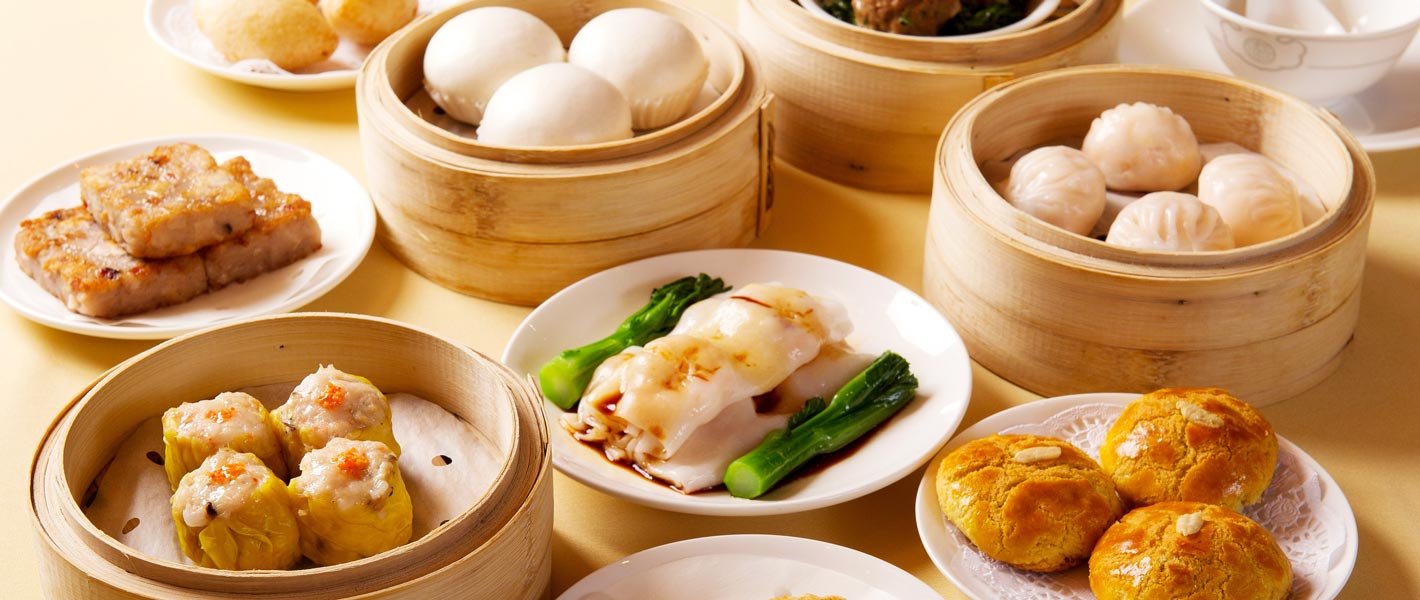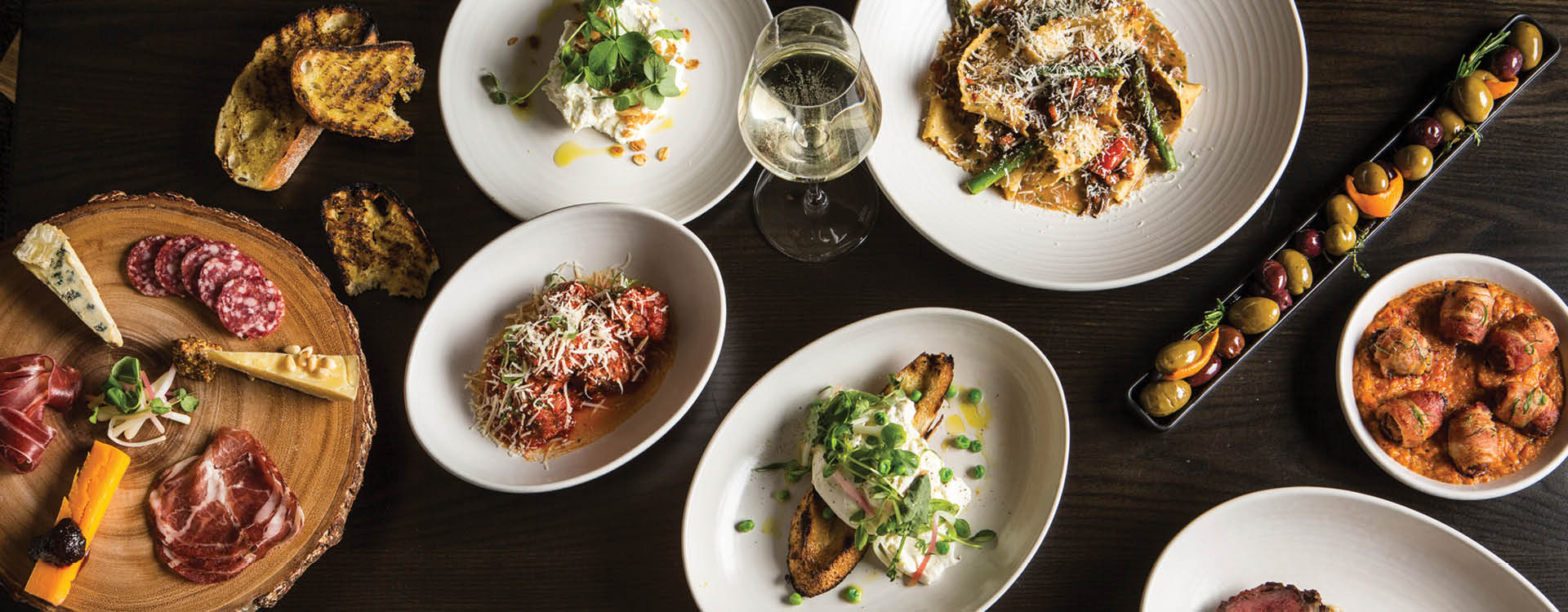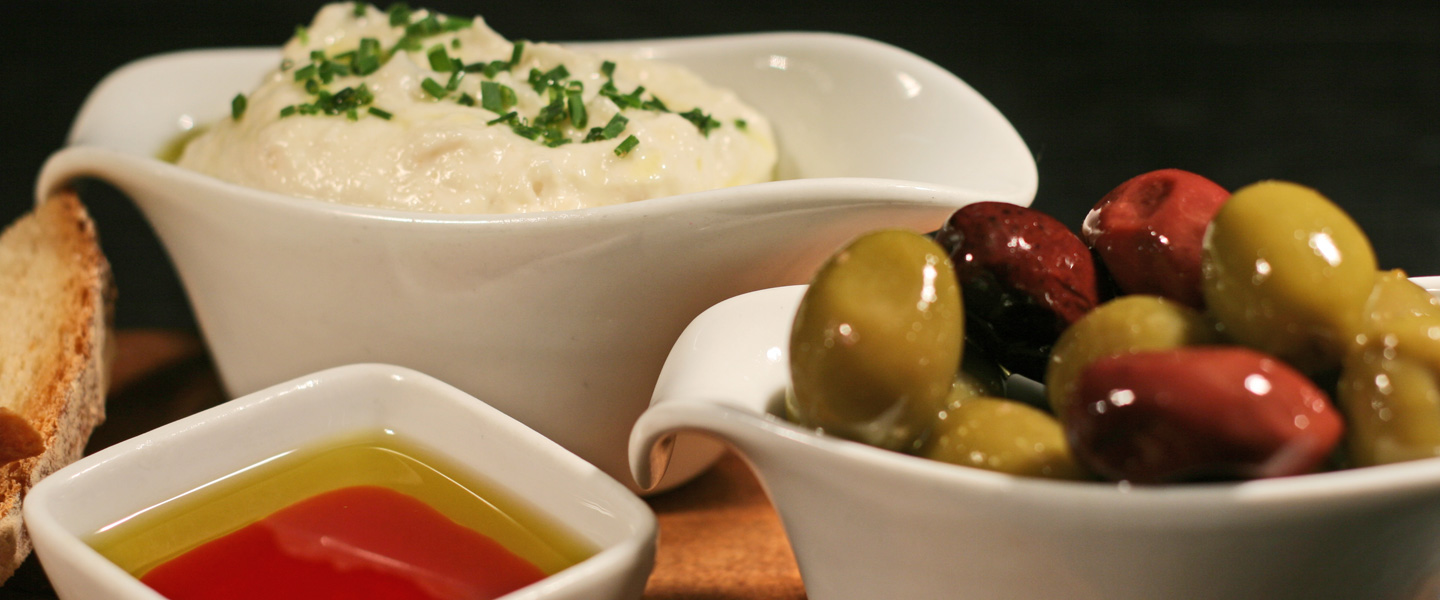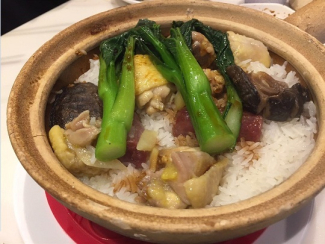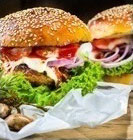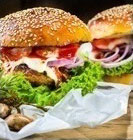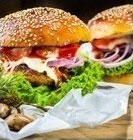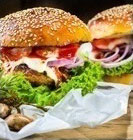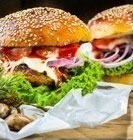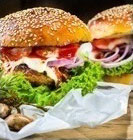Claypot rice
It looks like a simple creation with white rice and a choice of toppings cooked on a traditional charcoal fire in a clay pot. However, the combination of slightly smoky steamed rice, carved pork, smoked sausage, chicken, or beef, with fresh shallots and a special sauce has long been a winning one. The dish is originated from Cantonese cuisine, but is now becoming popular throughout China.
There are many types of clay pot rice in Hong Kong, for example, chicken with Chinese mushroom, pork ribs with black beans, , salted fish, even frog, and Chinese sausage or beef with collard greens
The rice is presoaked, or in some cases par-cooked, and finished in the claypot with other ingredients which then flavor the rice. The rice develops a crust similar to that in Korean dolsot bibimbap or Spanish paella. In Hong Kong it is commonly served with chicken, Chinese sausage and vegetables, also in some Southern Chinese regions, but most restaurants offer a customizable dish with many protein options, especially with beef, pork ribs and Chinese sausage.
Traditionally, in China and Hong Kong, the cooking of claypot rice is done over a charcoal stove, giving the dish a distinctive flavour. Some places serve it with thick, sweetened soy sauce and sometimes dried salted fish. Due to the time-consuming method of preparation and slow-cooking in a claypot, customers might have to wait a period of time (typically 15–30 minutes) before the dish is ready.
In southern states of Kerala, Andra Pradesh and Tamil Nadu in India, the traditional cooking pot, known as chatti, is used to cook numerous items from chicken curry and matar paneer masala. These pots are also known as sha guo(砂鍋/砂锅) in China and they can be used for hot pot and steamboat. In Korea, the claypot is called ddukbaegi and is used to serve soup in various Korean restaurants. Known as palayok in the Philippines, these claypots are used to cook various proteins and vegetables.
One of the best reasons claypot rice is so good is because of the sauce that you splash all over it before you eat it, and also because of the fragrant crunchy rice crust that you get on the edges of the claypot.
Read more




